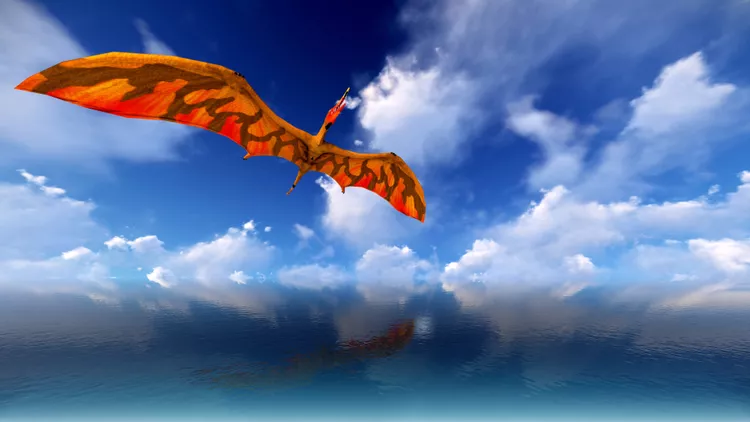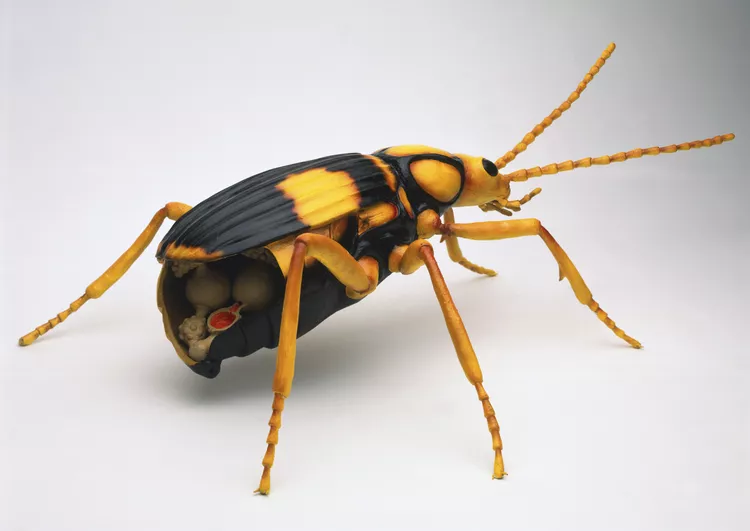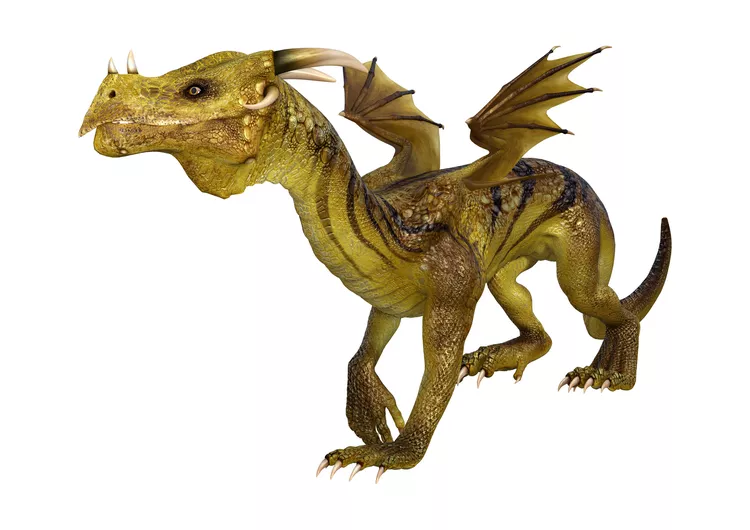You’ve probably heard that dragons are mythical creatures — after all, a flying, fire-breathing reptile sounds like pure fantasy. But what if science tells a different story? While no fire-breathing dragons have ever been found, flying lizard-like creatures have existed in the fossil record, and some still live today. Let’s explore the science behind flying dragons and the intriguing possibility that dragons could breathe fire.
During the Late Cretaceous period, the giant pterosaur Quetzalcoatlus northropi soared with a wingspan over 11 meters (36 feet) and weighed around 200 to 250 kilograms (440–550 pounds)—about the size of a modern tiger. Such a creature could easily prey on livestock or even humans. Modern birds descended from flying dinosaurs, so the idea of flying dragons isn’t far-fetched. Scientists believe changes in climate, atmospheric composition, and energy requirements have since limited the size of flying animals.


Today, a small “flying dragon” called Draco inhabits South and Southeast Asia. These lizards can’t truly fly, but they are masters of gliding—extending wing-like flaps from their ribs to glide as far as 60 meters (200 feet) between trees. Despite their name, these dragons only grow to about 20 centimeters (7.9 inches) and mainly eat insects, so no need to worry about being carried off!
Asian paradise tree snakes (Chrysopelea paradisi) lack wings but can “fly” by flattening and twisting their bodies to glide distances up to 100 meters (330 feet). While technically gliding rather than flying, such abilities blur the line between reality and myth. If a creature could somehow store lighter-than-air gases, real flight without wings might even be possible.

No animals today breathe fire, but nature offers fascinating clues. Bombardier beetles, for example, store chemical compounds that react explosively when threatened, shooting a boiling hot spray to deter predators. Living organisms produce flammable compounds like methane and hydrogen peroxide regularly. If a “dragon” stored such chemicals and ignited them—perhaps by generating sparks through piezoelectric crystals found naturally in bones or teeth—it could theoretically breathe fire.

The huge, heavily armored dragons from movies are almost certainly mythical. Thick scales, horns, and spikes would make flight nearly impossible. However, smaller winged dragons remain within the realm of scientific possibility, especially as science continues to discover surprising facts about animal flight—like how bumblebees fly, which baffled scientists until 2001!

Giant flying reptiles existed in the past, and small gliding dragons exist today.
Wingless reptiles can glide impressively long distances.
Fire-breathing has not been observed but is theoretically possible given natural chemistry and biological structures.
Mythical giant dragons likely belong to legend, but scientific mysteries remain about flying reptiles.
If you’re fascinated by these incredible “dragons” and want to learn more about nature’s wonders, follow my WeChat public account “Nature Explorers” for more amazing scientific stories!
Sources
Aneshansley, D.J., et al. "Biochemistry at 100° C: Explosive Secretory Discharge of Bombardier Beetles (Brachinus)." Science Magazine, vol. 165, no. 3888, 1969, pp. 61-63.
Becker, Robert O, and Andrew A. Marino. "Chapter 4: Electrical Properties of Biological Tissue (Piezoelectricity)." Electromagnetism and Life. State University of New York Press, 1982.
Eisner, T., et al. "Spray Mechanism of the Most Primitive Bombardier Beetle (Metrius contractus)." Journal of Experimental Biology, vol. 203, no. 8, 2000, pp. 1265-1275.
Herre, Albert W. "On the Gliding of Flying Lizards, Genus Draco." Copeia, vol. 1958, no. 4, 1958, pp. 338-339.
animal tags: Flying Fire-Breathing
We created this article in conjunction with AI technology, then made sure it was fact-checked and edited by a Animals Top editor.